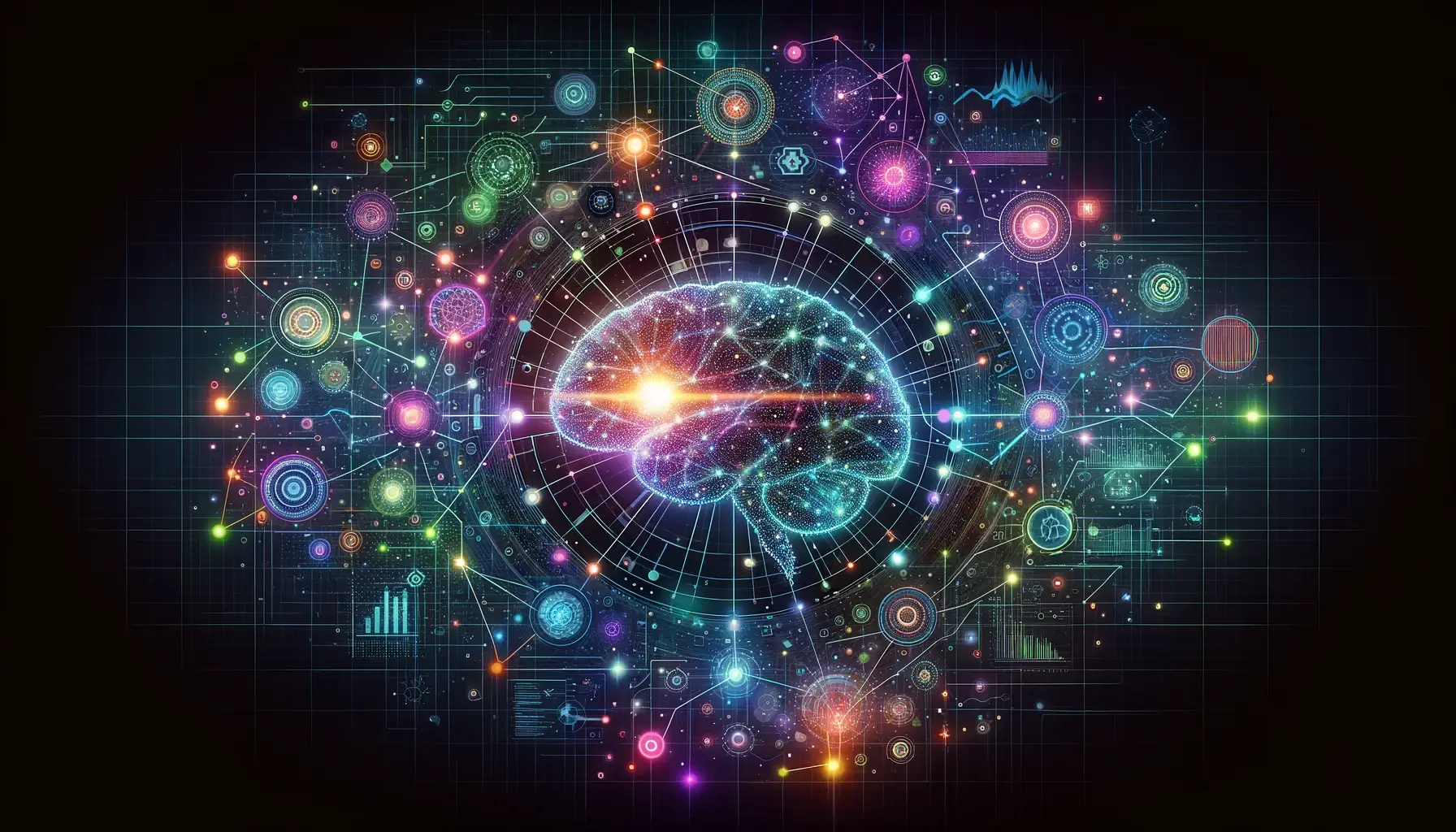In the diverse landscape of Artificial Intelligence (AI), Reinforcement Learning (RL) stands out as a unique and powerful method for teaching machines how to act in an environment to achieve specific goals. Unlike traditional machine learning approaches that learn from a dataset provided upfront, reinforcement learning learns from experience, making decisions, observing the outcomes, and adjusting its strategies accordingly. This blog post explores the principles of reinforcement learning, its key components, applications, challenges, and the future directions of this dynamic field.
Understanding Reinforcement Learning
Reinforcement Learning is a type of machine learning where an agent learns to make decisions by performing actions in an environment and receiving feedback through rewards or penalties. The objective is to learn a policy that maximizes the cumulative reward over time, effectively teaching the agent to make the optimal decisions to achieve its goals.
Key Components of Reinforcement Learning
- Agent: The learner or decision-maker that interacts with the environment.
- Environment: The world through which the agent moves and learns.
- Action: All the possible moves the agent can make.
- State: The current condition returned by the environment in response to an action.
- Reward: Feedback from the environment to assess the value of the action taken by the agent.
The Reinforcement Learning Process
The process involves the agent exploring the environment, taking actions based on its current policy, and receiving rewards or penalties. Through this trial-and-error process, the agent updates its policy to maximize future rewards. This learning loop enables the agent to develop a strategy for choosing actions that lead to the highest long-term rewards.
Applications of Reinforcement Learning
Reinforcement Learning has found applications across various domains, showcasing its versatility and power:
- Gaming: RL has been used to develop AI that can play and excel in complex video games, demonstrating strategies and skills at or above human levels.
- Robotics: In robotics, RL enables robots to learn complex tasks like walking, flying, or manipulating objects through trial and error, without explicit programming.
- Finance: RL algorithms can optimize trading strategies, manage investment portfolios, and model market dynamics.
- Healthcare: RL is used in personalized medicine, treatment optimization, and managing patient care paths, improving outcomes through adaptive learning.
Challenges in Reinforcement Learning
While reinforcement learning has shown remarkable success, it faces several challenges:
- Sample Efficiency: RL algorithms often require a large number of trials to learn an effective policy, which can be impractical in real-world scenarios where mistakes can be costly or dangerous.
- Exploration vs. Exploitation: Balancing the need to explore new actions to find the best strategy and exploiting known actions to maximize rewards is a critical challenge in RL.
- Scalability and Complexity: Designing RL solutions for complex, real-world problems with high-dimensional spaces and multiple objectives is inherently challenging.
The Future of Reinforcement Learning
The future of reinforcement learning is bright, with ongoing research focused on addressing its current limitations and expanding its applications. Innovations in algorithm efficiency, multi-agent systems, and transfer learning are paving the way for more sophisticated and practical RL solutions. Moreover, integrating reinforcement learning with other AI techniques, such as deep learning, opens new avenues for creating more autonomous, intelligent, and adaptable systems.
In conclusion, reinforcement learning offers a fascinating approach to AI, enabling machines to learn from their actions and adapt to complex environments. As we continue to explore and refine RL algorithms, the potential for creating more intelligent and autonomous systems that can learn and evolve over time is immense. Reinforcement learning not only challenges our understanding of machine learning but also offers a glimpse into the future of AI and its potential to transform our world.

